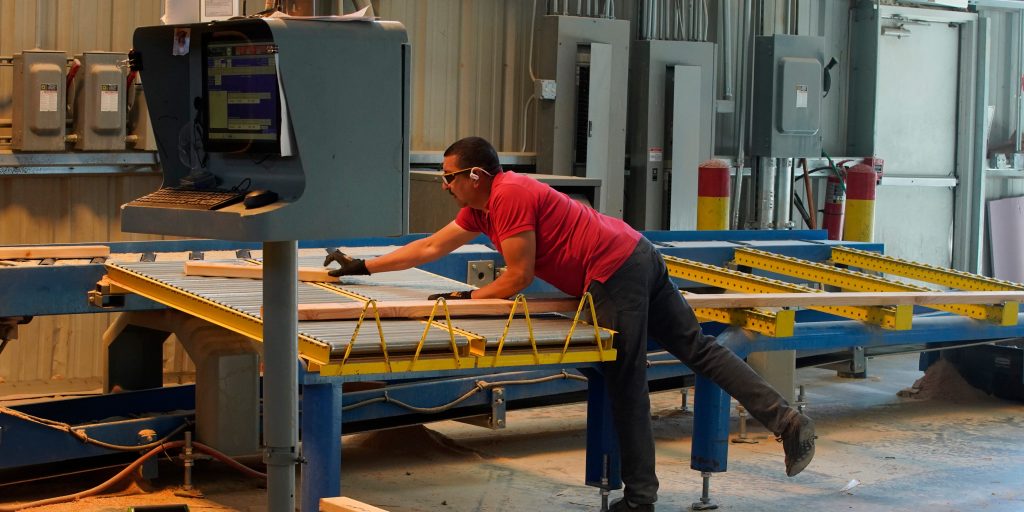
- Lumber futures fell to $1,327 per thousand board feet on Monday.
- Prices are still up more than 85% year-to-date and 280% in the past year.
- The National Home Builders Association told NBC if lumber prices don't continue to fall "you will see the homebuilding sector slow down and grind to a halt."
- Sign up here for our daily newsletter, 10 Things Before the Opening Bell.
Lumber prices fell for the sixth straight day on Monday, even as supply bottlenecks at mills across the US and Canada persist.
Specifically, lumber futures fell to $1,327 per thousand board feet and are now down roughly 20% from May 7's record high of more than $1,670.
Of course, despite the recent fall in prices, lumber futures are still up more than 85% year-to-date amid supply bottlenecks at mills and rising demand for home offices, renovations, and new homes.
Looking back a little further, lumber futures are up an incredible 283% over the last year alone.
Lumber's rise has been so significant that NPR reported DIYers have begun to cut out the middlemen by creating their own sawmills to cut timber.
Typically, when demand increases, suppliers will increase the number of mills available to process timber. But Chad Hesters, a forest-product advisor and managing partner of the consulting firm Korn Ferry, told the Wall Street Journal that's not an option for many suppliers these days because of how long it takes to create a modern mill and the significant capital investment involved.
"Trying to build capacity and make investments that have a lot of lead time at the top of a cycle is historically a good way to lose money," Mr. Hesters said, per WSJ.
On top of that, semiconductor and rural labor shortages make it almost impossible for mill owners to build new operations profitably.
However, according to Stinson Dean, the owner of Deacon Lumber Company, there has been some reprieve for lumber pricing of late due to the end of a lumber short squeeze.
Dean told Bloomberg's Joe Weisenthal and Tracy Alloway on the "Odd Lots" podcast at the end of April that lumber's historic price run-up was a "de facto short squeeze."
The squeeze was caused by commitments lumber yards made to homebuilders prior to a run-up in lumber prices and a tightening of the market, which forced them to buy at any price to meet obligations to customers.
Now, Dean says those conditions have abated, leading to some breathing room in the lumber market, according to a report from Bloomberg.
That's good news considering Jerry Howard, the CEO of the National Home Builders Association, recently told NBC that if lumber prices continue to climb, "you will see the homebuilding sector slow down and grind to a halt."
"This problem with lumber and other building material costs is sort of setting another potential perfect storm for housing to lead us into a recession," Howard added.
Dit artikel is oorspronkelijk verschenen op z24.nl











